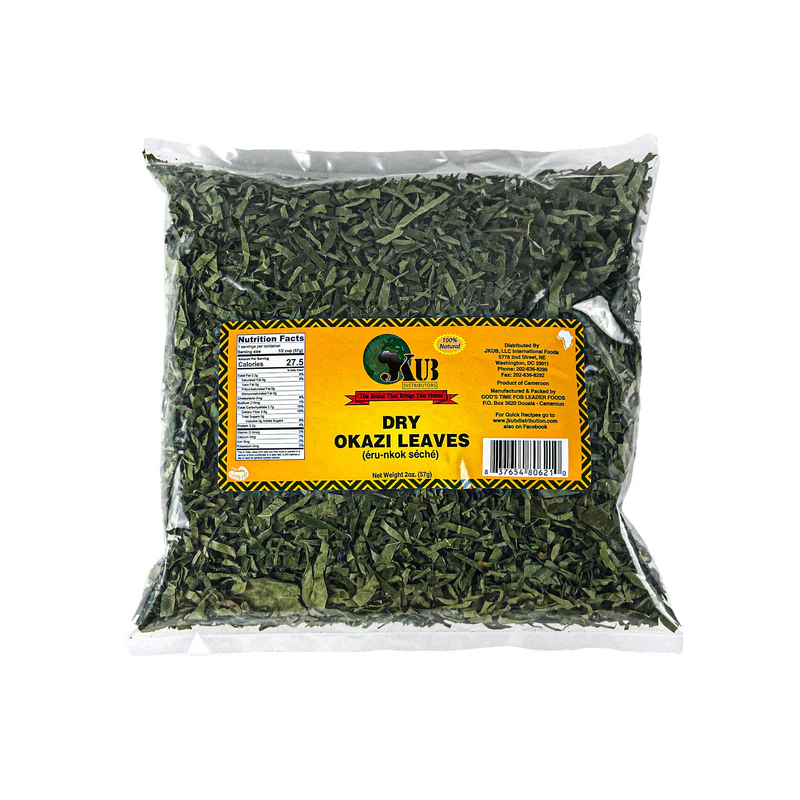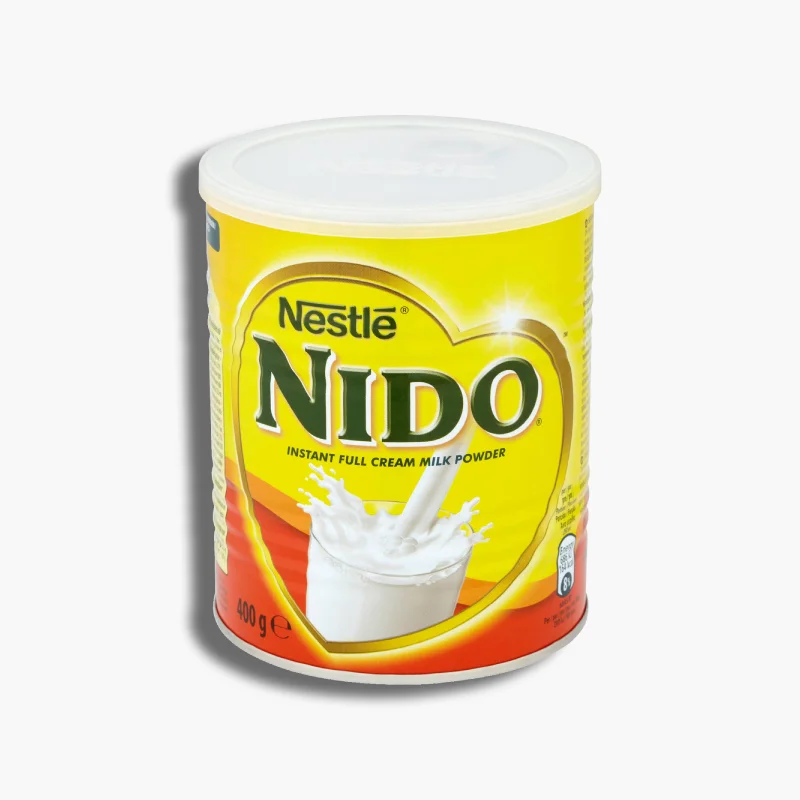Nutritional Value and Health Benefits of Dry Okazi Leaves
Dry Okazi leaves, also known as Gnetum africanum, are a treasure trove of essential nutrients that can significantly contribute to a healthy diet. These leaves are particularly rich in fiber, protein, calcium, iron, and vitamins A and C. The high fiber content in dry Okazi leaves aids in digestion by promoting regular bowel movements and preventing constipation. It also plays a role in weight management by providing a feeling of fullness, which can reduce overall calorie intake.
Protein, a vital nutrient for body repair and muscle growth, is abundantly found in dry Okazi leaves. This makes them an excellent addition to vegetarian and vegan diets, offering a plant-based protein source. The calcium content in these leaves is crucial for maintaining strong bones and teeth, while iron is essential for the production of hemoglobin, which helps transport oxygen throughout the body.
Vitamin A present in dry Okazi leaves is known for its role in maintaining healthy vision, skin, and immune function. It acts as an antioxidant, protecting cells from damage. Vitamin C, another antioxidant found in these leaves, enhances immune function and aids in the absorption of iron, further supporting overall health.
In addition to these nutrients, dry Okazi leaves possess specific antioxidant properties that contribute to their health benefits. Antioxidants neutralize free radicals in the body, reducing oxidative stress and lowering the risk of chronic diseases such as heart disease and cancer. The leaves’ antioxidant capacity, combined with their nutrient profile, makes them a valuable addition to a balanced diet.
Scientific studies and anecdotal evidence support the health claims associated with dry Okazi leaves. Research has shown that the consumption of these leaves can enhance immune function, improve digestion, and contribute to overall well-being. Their rich nutritional profile and health benefits make dry Okazi leaves a superfood worth incorporating into daily meals.
Culinary Uses and Preparation Methods for Dry Okazi Leaves
Dry Okazi leaves, a staple in African cuisine, particularly within Nigerian dishes, offer a wealth of culinary applications that extend beyond traditional recipes. These leaves, recognized for their unique flavor and nutritional value, can be seamlessly integrated into a variety of dishes, adding complexity and depth. One of the most common uses is in soups and stews, where dry Okazi leaves are often paired with proteins, vegetables, and spices to create hearty and flavorful meals.
Traditional recipes such as Afang soup and Okazi soup prominently feature these leaves. In Afang soup, dry Okazi leaves are combined with waterleaf, meat, fish, and a blend of spices, creating a rich, savory dish. Similarly, Okazi soup utilizes these leaves alongside ingredients like stockfish, assorted meats, and ground crayfish, resulting in a thick, aromatic stew. Modern adaptations have seen dry Okazi leaves being incorporated into salads and stir-fries, where their slightly bitter taste adds a delightful contrast to other flavors.
Preparation of dry Okazi leaves is crucial to maximizing their flavor and nutritional benefits. Begin by soaking the leaves in warm water for about 30 minutes to rehydrate them. This process helps soften the leaves, making them easier to cook and digest. After soaking, rinse the leaves thoroughly to remove any residual dirt or impurities. Once prepared, the leaves can be chopped finely or used whole, depending on the recipe requirements.
Cooking techniques vary based on the dish. For soups and stews, the leaves are typically added towards the end of the cooking process to preserve their texture and nutritional content. In salads, dry Okazi leaves can be lightly blanched or left raw, providing a crisp and slightly chewy texture. Pairing Okazi leaves with ingredients such as palm oil, crayfish, and hot peppers enhances their taste, creating a well-balanced and flavorful dish.
To maintain the freshness and quality of dry Okazi leaves, proper storage is essential. Keep the leaves in an airtight container in a cool, dry place, away from direct sunlight. This helps prevent moisture buildup and preserves their unique flavor. For extended storage, consider freezing the leaves in small batches, which retains their nutritional value and makes them readily available for future culinary endeavors.








Reviews
There are no reviews yet.